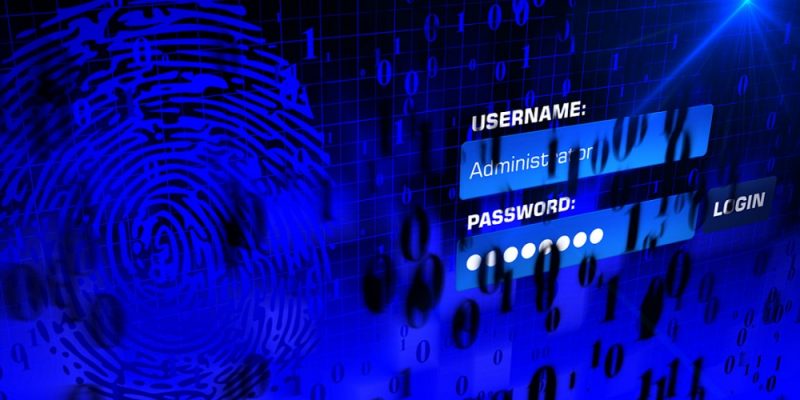 Does poor password hygiene still hamper your ability to achieve high security standards?
Does poor password hygiene still hamper your ability to achieve high security standards?
While more businesses are investing in security measures like multifactor authentication (MFA), employees still have poor password habits that weaken companies’ overall security posture, according to LastPass. Given that stolen and reused credentials are linked to 80 percent of hacking-related breaches, businesses must take more action to improve password and access security to make a…



